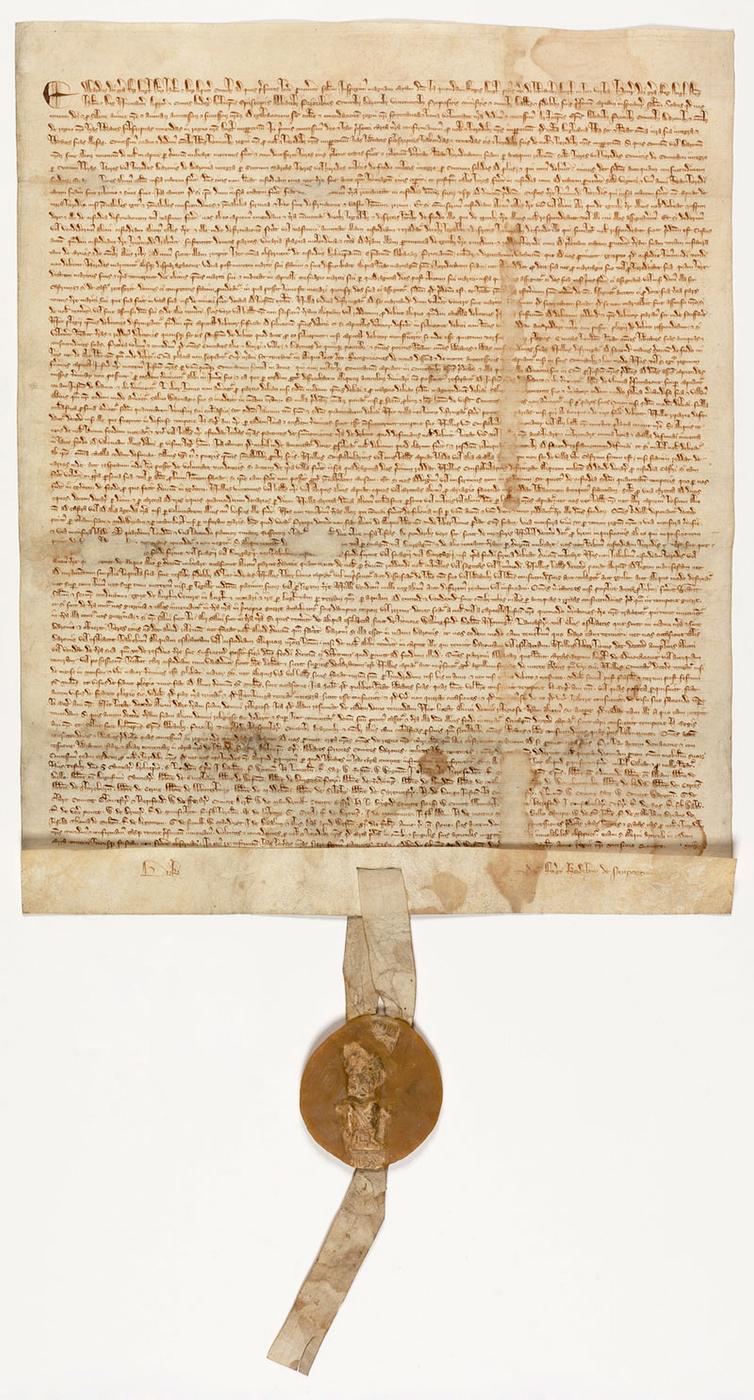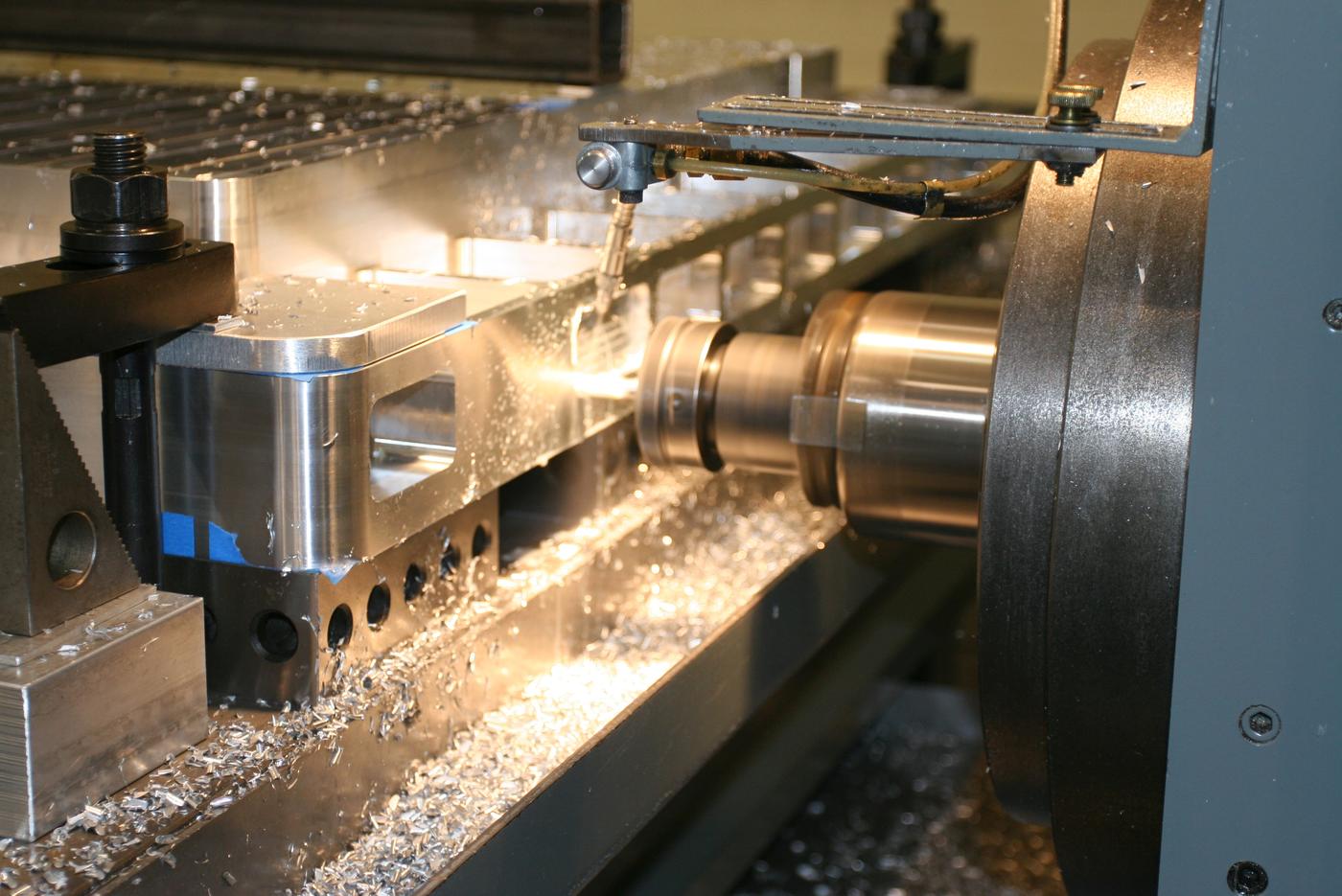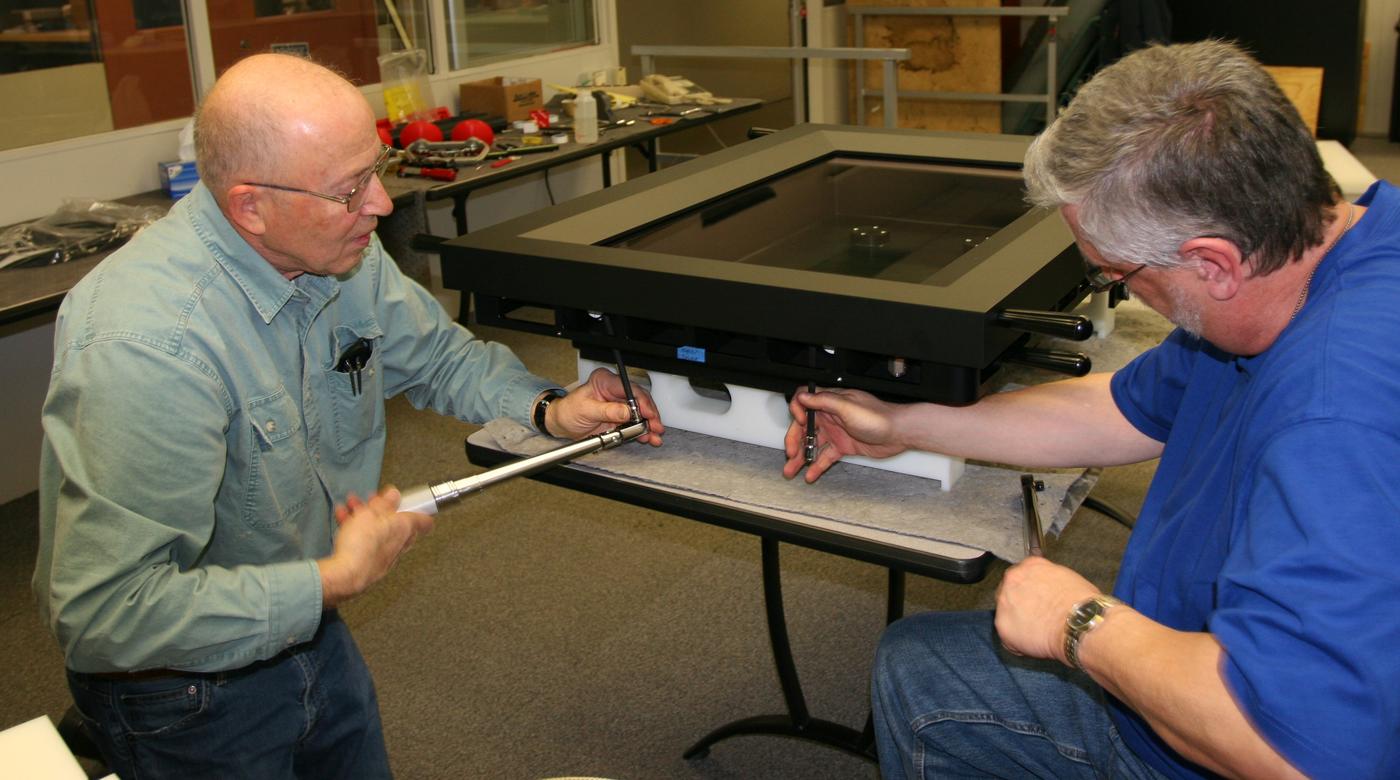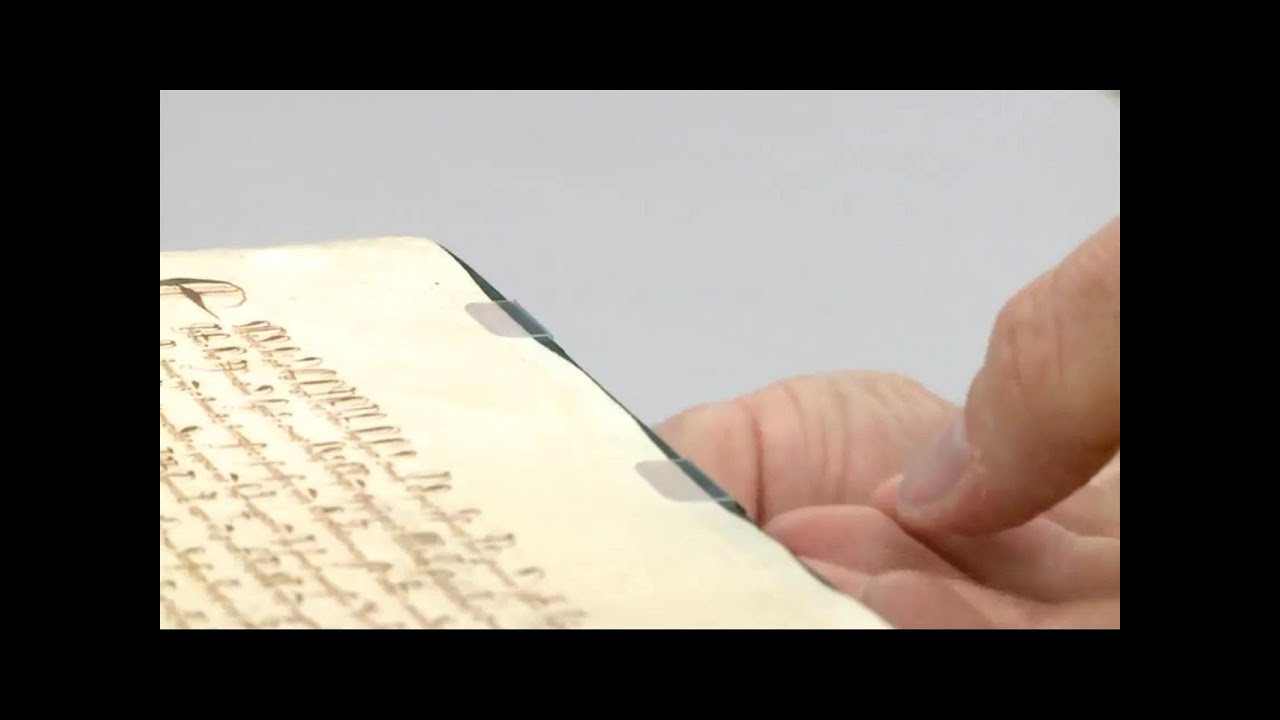How a State-of-the-Art Case Saved the Magna Carta
- NIST experts were asked to build a state-of-the-art encasement for the Magna Carta.
- Engineers made a custom encasement to protect the document, including its fragile ribbon.
- The document remains on display at the National Archives.
The Magna Carta is the first written constitution in Western civilization and the foundation for America's founding documents. But the original Magna Carta — signed by King John of England in 1215 — was voided by Pope Innocent III just 10 weeks after it was signed.
In 1297, Edward I reissued the Magna Carta and entered it into the legal registry of England.

The second Magna Carta was loaned to the National Archives and Records Administration (NARA) in 2008 to allow for public display. Archives preservationists spent the next few years restoring the document. When it was ready, NARA asked the National Institute of Standards and Technology (NIST) to ensure its continued preservation.
NIST experts designed and manufactured a state-of-the-art encasement for the Magna Carta in 2012, just as they’d done for America’s founding documents.
Fitting the document was crucial to this effort, so NIST preservation experts used a 3D scan of the Magna Carta to make sure they built the encasement with the proper fit.
As with other document encasements, the experts machined the base and frame from single blocks of aluminum to eliminate seams.

The NIST engineers even added a special contoured nest to the bottom of the base to safely hold and display the document’s fragile ribbon.
The case also features:
- A protective atmosphere of inert argon gas.
- Sensors that continuously monitor the internal environment.
- Close-fitting bolts that hold the frame for a virtually leakproof seal and accessibility — if ever needed — to the parchment within.

The Magna Carta encasement is 104 centimeters (41 inches) wide by 71 centimeters (28 inches) long and weighs 102 kilograms (225 pounds), equivalent to a fully grown panda.
American financier and philanthropist David Rubenstein bought the Magna Carta for the National Archives at an auction in 2007 for $21.3 million, the highest price ever paid for a single piece of paper. Rubenstein also donated the funds that the Archives used for the document’s restoration and for NIST to build its special home.
Did You Know?
- Only three clauses from the Magna Carta remain on the books in the United Kingdom. These statutes grant freedom to the Church of England, guarantee the customs and liberties of the city of London, and forbid arbitrary arrest and the sale of justice.
- To create a seamless platform for the Magna Carta, a single 15-centimeter (6-inch) thick block of aluminum was used. NIST engineers cut away about 90% of that block with a computer-controlled milling machine, leaving an end product that still weighed 102 kilograms (225 pounds).


